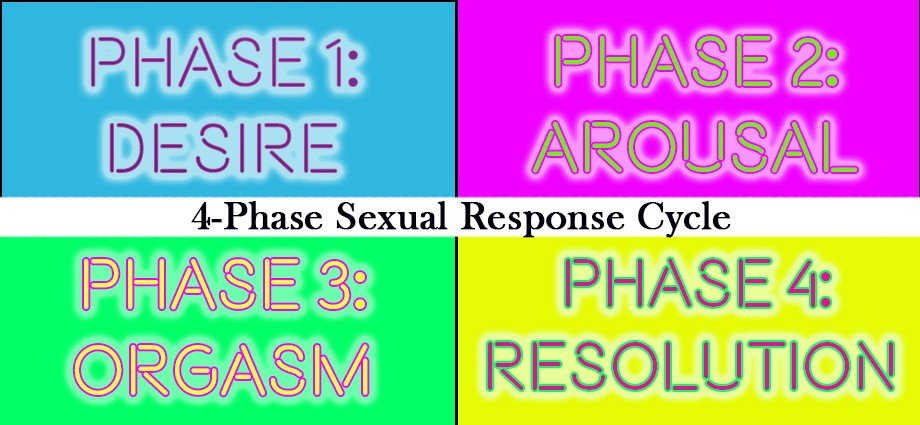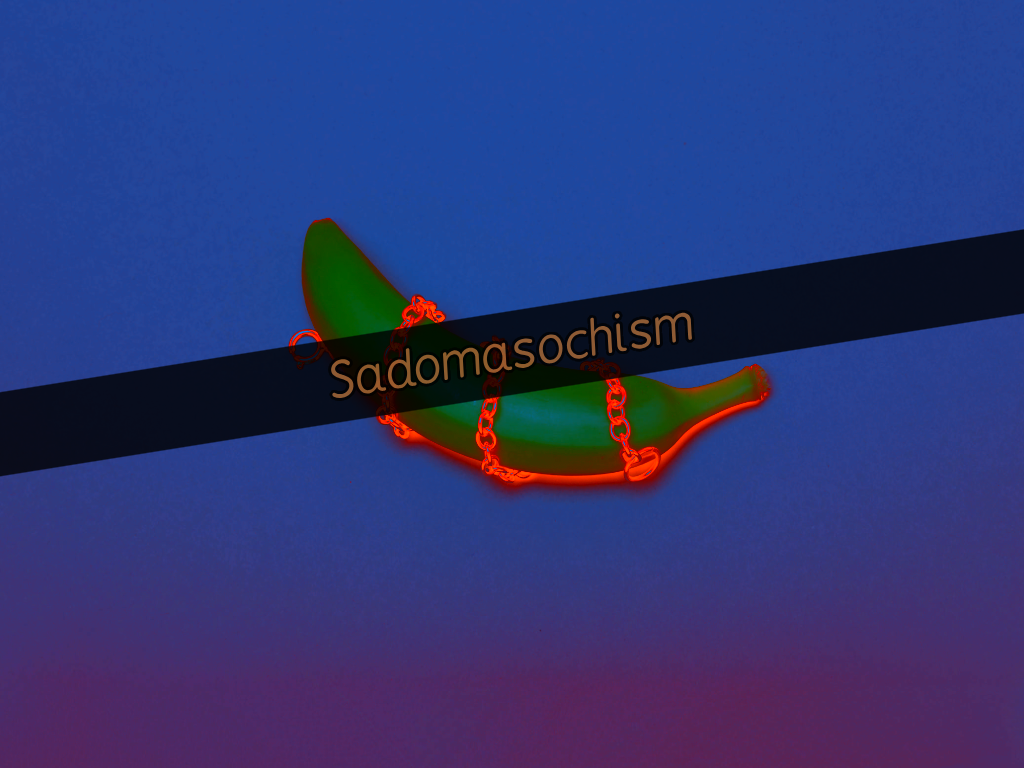Last Updated on October 21, 2025 by Lexi Kisses
Did you know there are 4 physical and emotional phases1 our bodies go through during the time of arousal?
And that knowing these phases can help you improve yours and your partner/s sex lives?
No? Well, that’s what the sexual response cycle is all about, and learning about it will change the way you think about sex.
Phases of the Sexual Response Cycle
The sexual response cycle has four phases: Desire, Plateau, Orgasm, and Resolution.2
These phases and how people progress through them help us understand the complexity of human sexuality.
Phase 1: Desire
The first phase of the sexual response cycle is desire.
This is the moment when you see something and are sexually excited by it.
Many things can trigger this stage, such as thoughts, touch, smells, or people. It can last anywhere from a few minutes to a few hours.
- During Phase 1:
- The heart rate picks up
- Breathing picks up
- Blood pressure increases
- Muscles get tense
- Nipples get hard
- Breast/Testicles swell
- The vagina
- Begins to lubricate
- Gets wider
- The clit gets bigger
- The penis becomes erect
- The skin may become flush
Phase 2: Plateau
During phase 2, all the same things going on in Phase 1 will continue to intensify until they reach a plateau.
The clit will become extra sensitive, so much so that it retracts itself to avoid direct stimulation.
The testicles tighten and the penis lubricates as it gets ready for ejaculation (pre-cum).
At this time, the body may also experience some muscle spasms. This is full-blown arousal.
Phase 2 can take a few seconds to a few minutes to reach its peak. Staying in this stage for an extended time results in sexual frustration.
Phase 3: Orgasm
If phase two continues to progress, it will roll into phase 3, orgasm.*
When this happens, the body experiences involuntary rhythmic contractions that result in an orgasm.
This releases all the built-up tension from phase two.
Phase 3 is the shortest of all the stages, only lasting a few seconds.
*phase 2 does not always progress into orgasm.
Phase 4: Resolution
The Resolution stage, also known as the resolution or cool down, is the last stage.
In this stage, the body returns to its normal functioning levels after releasing all the built-up tension in phase 3.
Once the body stabilizes, the recharge time differs between sexes.
Those who have vaginas can usually go straight away again.
While most people with penises will need recovery time.
Phase 4 can also cause post-sex blues, but aftercare can alleviate it.
Final Thoughts
Getting to know the sexual response cycle will help you navigate your bedroom activities more efficiently. After all, you can’t reach a pleasurable stage 2 if you haven’t made it through stage 1 and the same goes for stages 3 and 4.
Each stage depends on you completing the one before it to truly satisfy yourself or your partner/s.
- https://www.facebook.com/WebMD. “Your Guide to the Sexual Response Cycle.” WebMD, 5 Feb. 2002, www.webmd.com/sex-relationships/sexual-health-your-guide-to-sexual-response-cycle#1. Accessed 9 Apr. 2025. ↩︎
- Nagoski, Emily. Come as You Are: The Surprising New Science That Will Transform Your Sex Life. S.L., Simon & Schuster, 2021. ↩︎





3 Comments on “Have Better Sex By Learning About The Sexual Response Cycle”